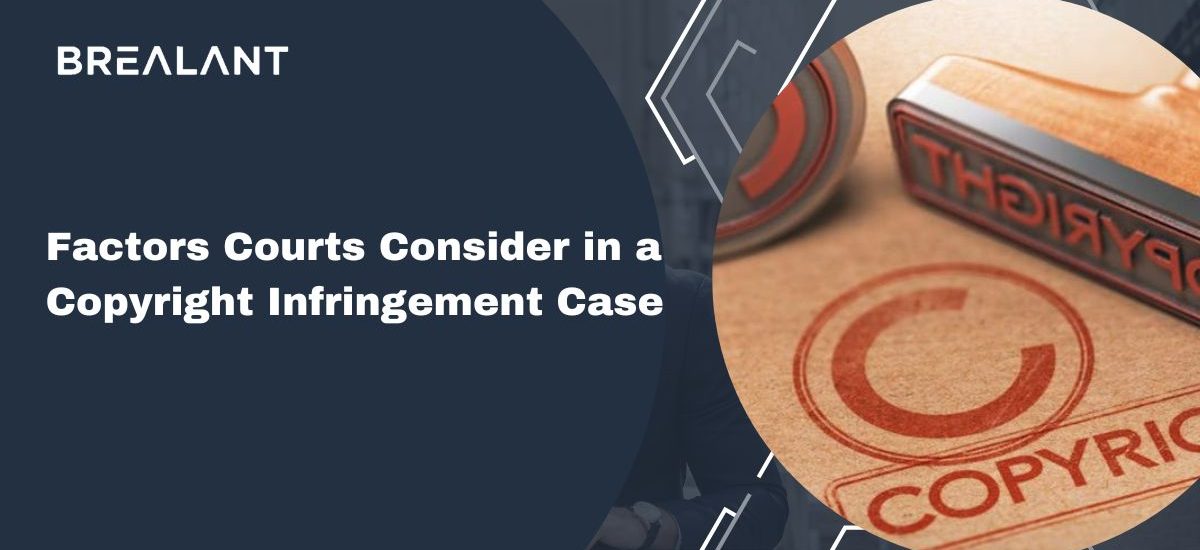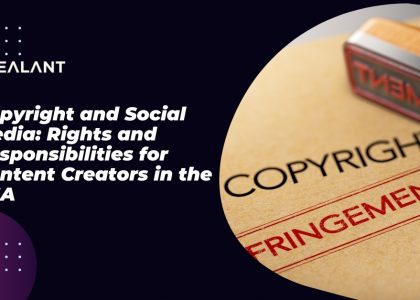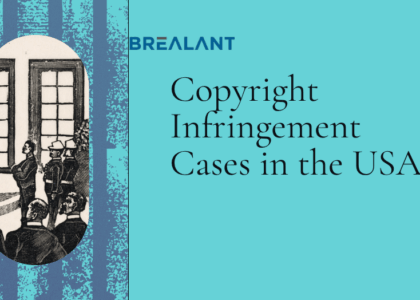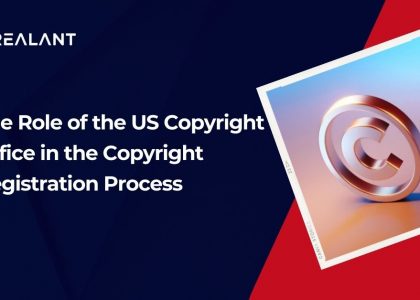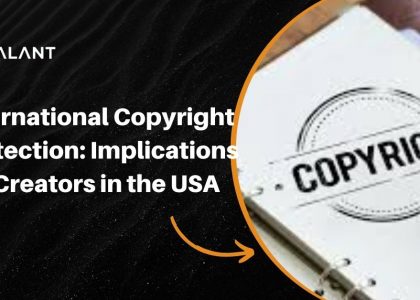Every person works hard, whether for themself or a company, but the work must be licensed. In a copyright case, the law gives you exclusive rights over your creations. If someone wants to use your work or creations, they must have your permission.
If, in any case, they use then it must be “fair use”; otherwise, they commit copyright infringement. A defense against the claims of copyright infringement is “fair use.” So, did you know the meaning of fair use and how it is determined?
Fair Use – Must Determine the Usage of a Copyright Infringement Case
Fair use of your creation is necessary to survive in the market so that you earn legally. Some people search for a platform to use your creation for their survival, but it is illegal, and you can take strict action. For that, you must know the meaning of “Fair Use.”
- First, you must consider the user’s purpose and character, whether for a commercial or a non-profit educational purpose.
- You must know the nature of the copyrighted work.
- The amount of the copyrighted work used in relation to the copyrighted work.
- You can check on the use of the potential market.
- Also, take a look at the value of the copyrighted work.
Follow these four factors in a legal form so that there is no pebble in your work.
Have A Look on These Four Factors That Determine Fair Use
When we talk about legal things, it’s up to the courts whether each factor supports or goes against a finding of fair use. Court considers each and every factor that helps in deciding whether they point in favor or against fair use.
Let’s take a look:
- Must consider purpose and character of the use: Every person who wants to work with creation must copy that material. The important part you should follow is how you copied the material for fair use. Copyright law encourages scholarship, education, research, and much more. The court should consider if the defendant’s use is non-commercial, educational, scientific, or historical.
- Consider the nature of the copyrighted work: Next factor is the nature of the work being copied. There has always been a difference between the works that are copied. Courts prefer to find work that is either informational or entertaining. If you want that judge to find something fair, the material was copied from a factual work. It means biography, fictional work, romantic novel, or horror movie.
- Defined amount of copyright work must be used: The amount of copied work must be classified. It means you copied one sentence or a book, some second clip or a whole movie, or some details of a painting or an entire painting. You must be able to classify your copied work as the original work.
- Effects on the potential market for the work: Last but not least factor, is the effect of the use on the potential market for the work you copied. If your illegal infringing work affects the market for the original work, then this factor is called illegal against fair use.
Get Permission for A Copyright Infringement Case, When In Doubt
If you want to use another person’s creation, you must have some documents or permission to use another’s work. If all your work qualifies as fair use, then there is no problem in using others’ creations. But sometimes, if you feel something strange, seek permission. When you get permitted, then you are protected against an infringement claim.
Another case is when a copyright holder won’t give permission for their creation; then they may go after you for infringement if you use their work without permission. They charge or take any legal action against you. So, it’s better to have permission if you are using another’s work.
Conclusion
If you are going through all these four factors in favor of fair use, then a court will find that using someone’s creation is fair. Conversely, if they go against or in some other direction, the judge will say it is not fair use.There are so many factors that you might consider, like some factors favoring fair use or some not. In that case, a court will balance the facts to determine whether using some other’s creation is fair. If you ask for an exact formula for determining the factors considering fair use, then no single factor is determined.


